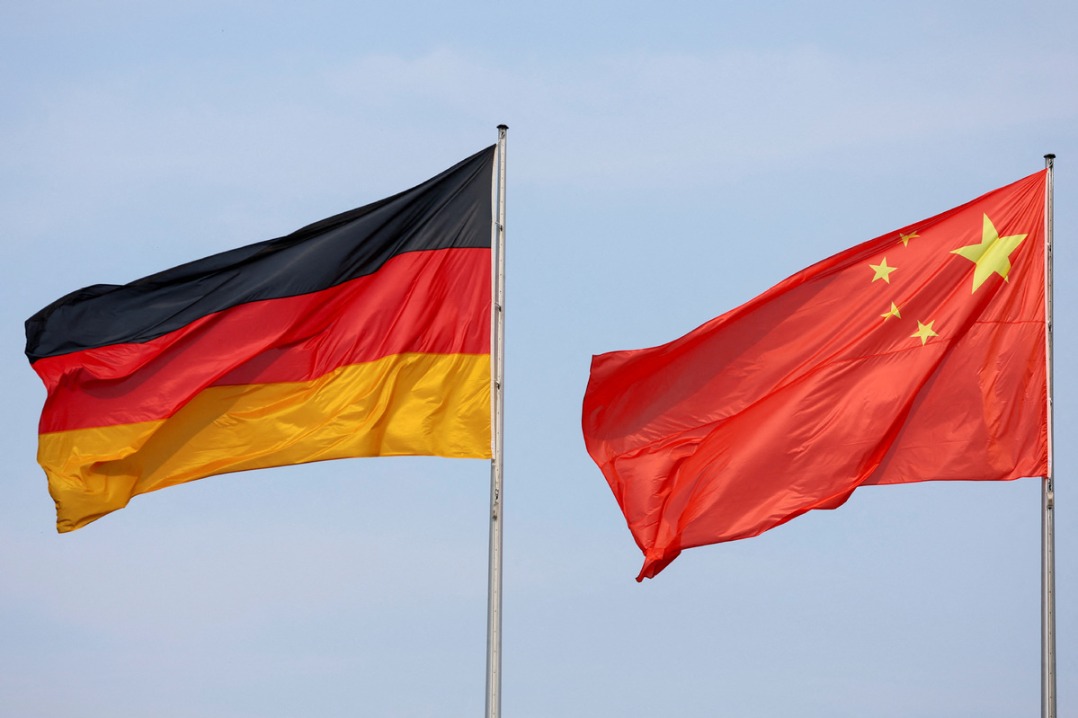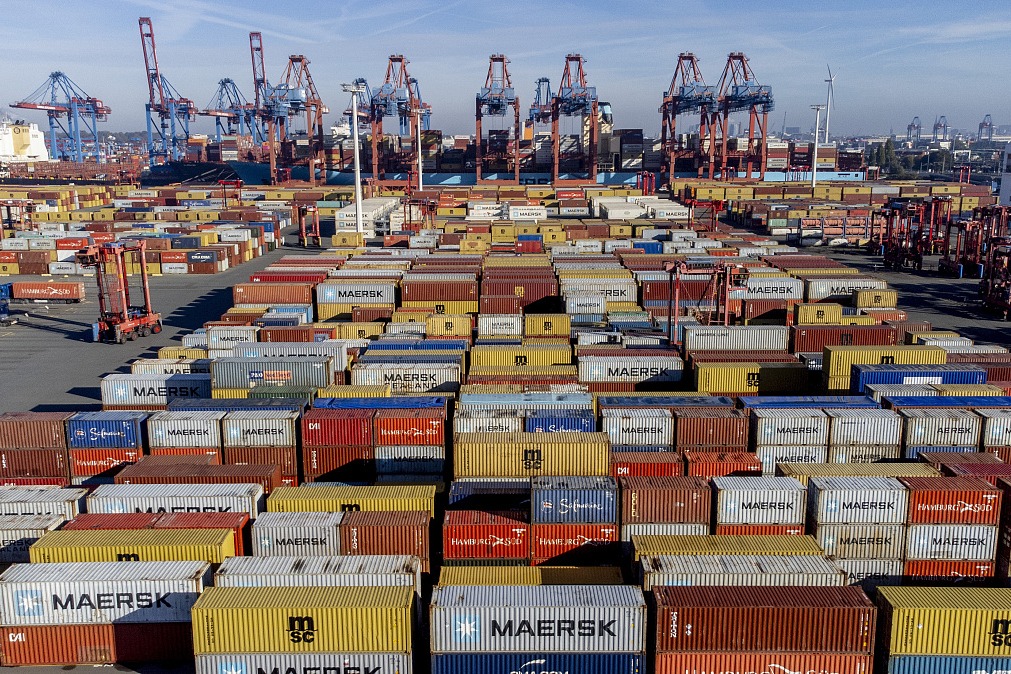Uniform payment app to boost Yangtze River Delta transport services


Starting December, frequent travelers in the Yangtze River Delta who use the subway are able to use a uniform metro payment app for travel to other cities in the cluster. [Photo/VCG]
Starting December, frequent travelers in the Yangtze River Delta who use the subway, especially those from Shanghai, Hangzhou and Ningbo, are able to use a uniform metro payment app for travel to other cities in the cluster.
The initiative became possible thanks to the new quick response code payment technologies of Alipay, the digital wallet under Ant Financial, a unit of e-commerce giant Alibaba Group Holding Co Ltd.
"Since the metro software and hardware varies across different cities, we developed technologies that enable passengers of these cities to pass the subway gate within 0.3 seconds, supported by our cloud-computing terminal testing platform," Liu Xiaojie, general manager for urban services from Alipay, told China Daily.
The uniform payment services are expected to cover all cities within the Yangtze River Delta area in two years.
Such efforts, part of the integration of transportation within the Yangtze River Economic Belt, has been gaining pace since the outline of the development of the Yangtze River Economic Belt was issued in 2016.
For example, a total of 103,000 tourists traveled on the newly-opened Hangzhou-Huangshan high-speed rail line during the past New Year's Day holiday, according to the China Railway Shanghai Group Co Ltd on Jan 2.
The 265-kilometer line, linking Zhejiang's capital Hangzhou with Huangshan in Anhui province, opened to traffic on Dec 25. It shortens the travel time between the two places to one-and-a-half hours from the previous over three hours, linking seven national 5A scenic areas in Zhejiang and Anhui such as the Huangshan Mountain, West Lake and Qiandao Lake.
"The new line, an improvement in the basic transportation infrastructure, will greatly enhance inter-regional cooperation in all areas in the Yangtze River Delta area," said Lan Jianping, president of the local think tank Zhejiang Institute of Industry and Information Technology.
"Such moves will better integrate exchanges in the industrial and information technology sector, and boost a more coordinated talent flow within the area," Lan told Xinhua News Agency.
According to an action plan released by the Zhejiang provincial reform and development commission in August, the province plans to invest in more than 70 transportation-related projects in its Great Bay Area, mapping out a transportation circle centered by its capital Hangzhou.
The investment bonanza aims to develop the area as a world-class location on par with the Guangdong-Hong Kong-Macao Greater Bay Area in southern China.
It aims to invest 750 billion yuan ($109 billion) over the next five years.
The planned Great Bay Area will contain 23 ports, including the Port of Shanghai and Ningbo Zhoushan Port, respectively the world first and third-biggest ports in terms of container capacity.
"The Zhejiang Great Bay Area, located at the conjunction of China's coastal areas and the Yangtze River Economic Belt, is bestowed with unique geographic advantages with ample room for further development," said an official with the commission, who declined to be named.
In neighboring Jiangsu, the province made a plan in June 2017 a plan for the Yangtze River Economic Belt, which covered all the cities in the province, though the river only runs through eight of its 13 cities.
The province has made specific plans to protect the river and realize industrial upgrade in the 13 cities. It encourages high-tech and environmentally friendly enterprises, while abandoning polluting industries.
Jiangning district of Nanjing, capital of Jiangsu, now houses more than 4,000 programs from 45 countries and regions. It is also home to 55 listed companies and 61 branches of the world's top 500 companies.
Nari Group Corporation, or known as the State Grid Electric Power Research Institute, located in Jiangning district, has achieved international leading technologies in smart grids, new energy and rail transit.
Cao Tuanjie, a researcher with the corporation, said that one of their devices can test the usage of equipment between 150 and - 70 degrees Celsius.
"The equipment that pass its test can be operated stably anywhere on the planet," he said. "A protective system invented by the corporation also protects the country from large-scale blackouts."
MOST POPULAR
- 1 Things to know about China Intl Consumer Products Expo 2024
- 2 China tops FDI confidence index of emerging markets
- 3 China specifies steps to improve payment services in tourist attractions
- 4 Low-altitude economy set to take off
- 5 China's immigration service platform receives over 10m calls from home, abroad
Editors' Picks
 Infographic:
A look at China's economy in Q1 of 2024
Infographic:
A look at China's economy in Q1 of 2024
 Infographic:
China to remove foreign ownership restrictions in value-added telecom services in pilot areas
Infographic:
China to remove foreign ownership restrictions in value-added telecom services in pilot areas
 Infographic:
2023 Sino-German investment and trade in numbers
Infographic:
2023 Sino-German investment and trade in numbers
 Infographic:
China-Germany relations in graphic
Infographic:
China-Germany relations in graphic



